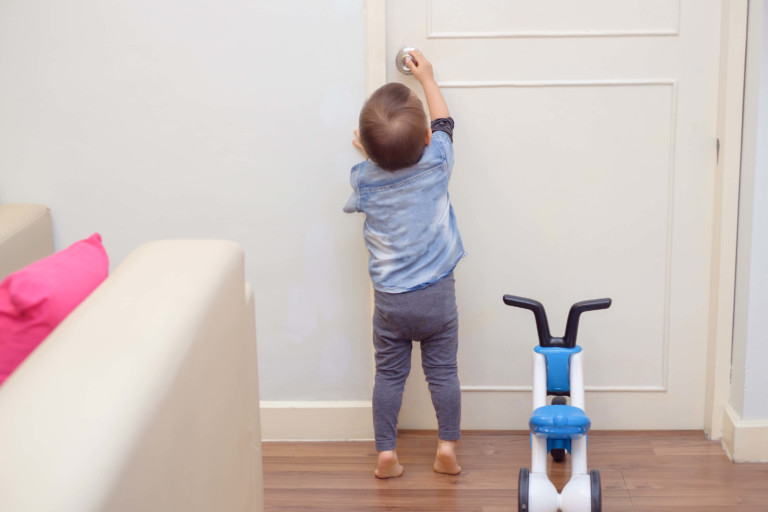How to Childproof Your Home, Room by Room
As children grow, so too does their desire to explore their home environment. Even the youngest children love to crawl and have no concept of danger. You may be confident that you’ve taken the necessary steps to childproof your home, but are you sure that you’ve safeguarded every important element?
This article offers a quick guide to preventing accidents by showing you how to childproof your home, room by room.
Kitchen
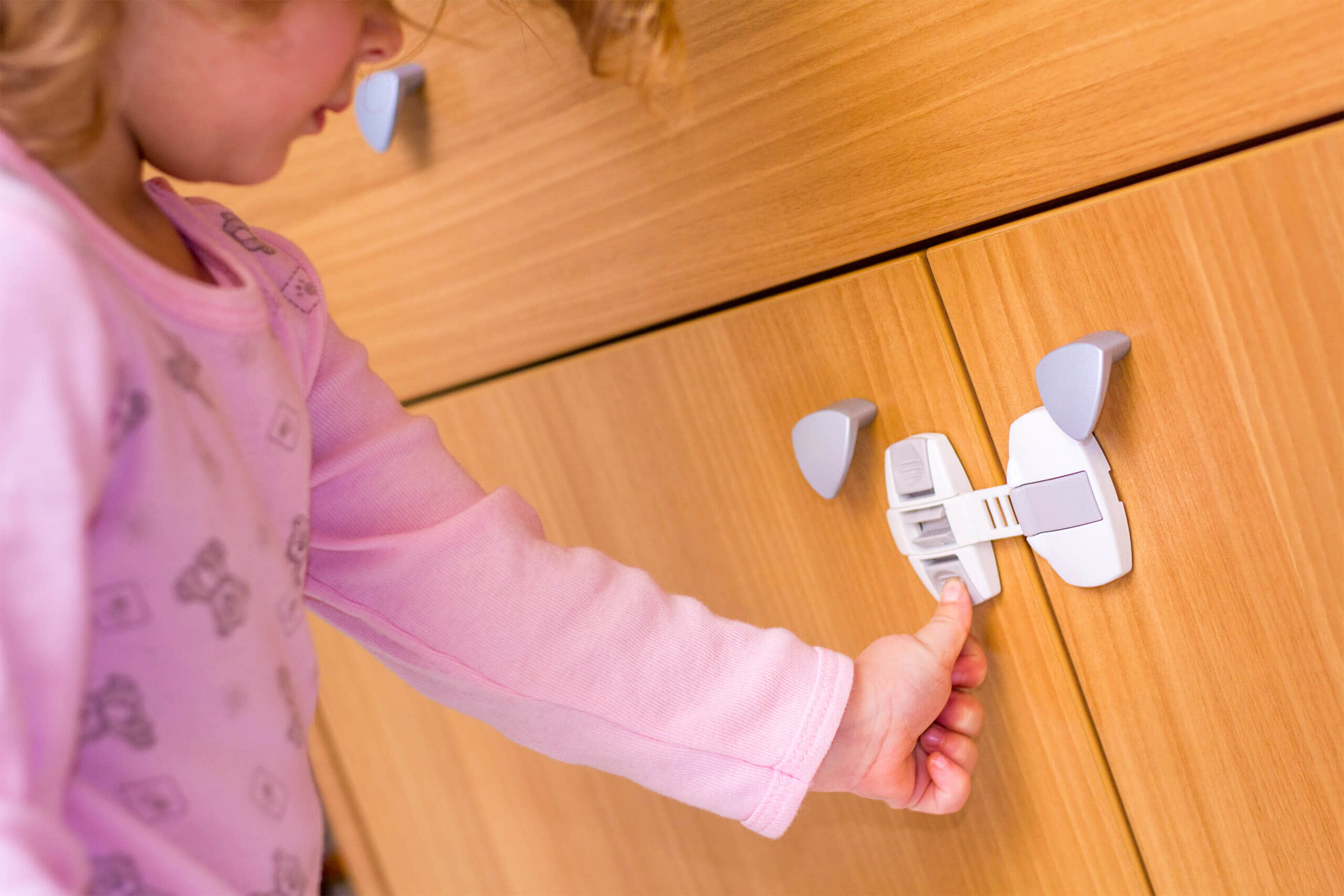
The kitchen is the room with the most dangers: hot cookers, microwaves, kettles, water; the list is endless. Some of the quick and relatively easy ways to safeguard this space include:
Add a stair gate
If your child can’t get into the kitchen, then that eradicates the risk.
Attend to your stovetop
Think about securing the stove knobs so a small child can’t accidentally turn it on. While the oven is on, don’t let your child play unsupervised in the kitchen.
Keep countertop edges clear
Countertops are fascinating places for a small child, and anything situated on the edge of a countertop could be a hazard.
Remove climbing opportunities
Children love to climb, so an empty chair is a perfect way for your child to access hazardous work surfaces. Keep your chairs pushed firmly under the table to make it more difficult for children to maneuver them around the kitchen. You can also add a rug under the table so that the legs of the chairs don’t slide as easily.
Add cupboard and drawer locks
If you have potentially dangerous cleaning products stored in cupboards or sharp chef’s knives stocked in drawers, investing in inexpensive locks could save your child’s life. A top tip would be to use a strong rubber band to secure the cupboards by looping both ends around the handles.
Watch hot pans
Try and use the back burners on your cooktop to stop spills from causing danger. Turning the handles so they face inwards can also reduce the chances of knocking them off the stove.
Cover the waste disposal
Make sure that the waste disposal has a cover on it to stop little hands from becoming injured.
Secure pet flaps
Your family pets may have the freedom to come and go as they please, but you wouldn’t want to extend the same courtesy to your child.
Remove trailing leads
Kitchens are full of electrical items, so the chance of a trailing power lead is significant. Make sure that they are secured with ties and not left trailing down.
Lock refrigerators
Use child locks to prevent your child accessing the fridge.
The Family Room
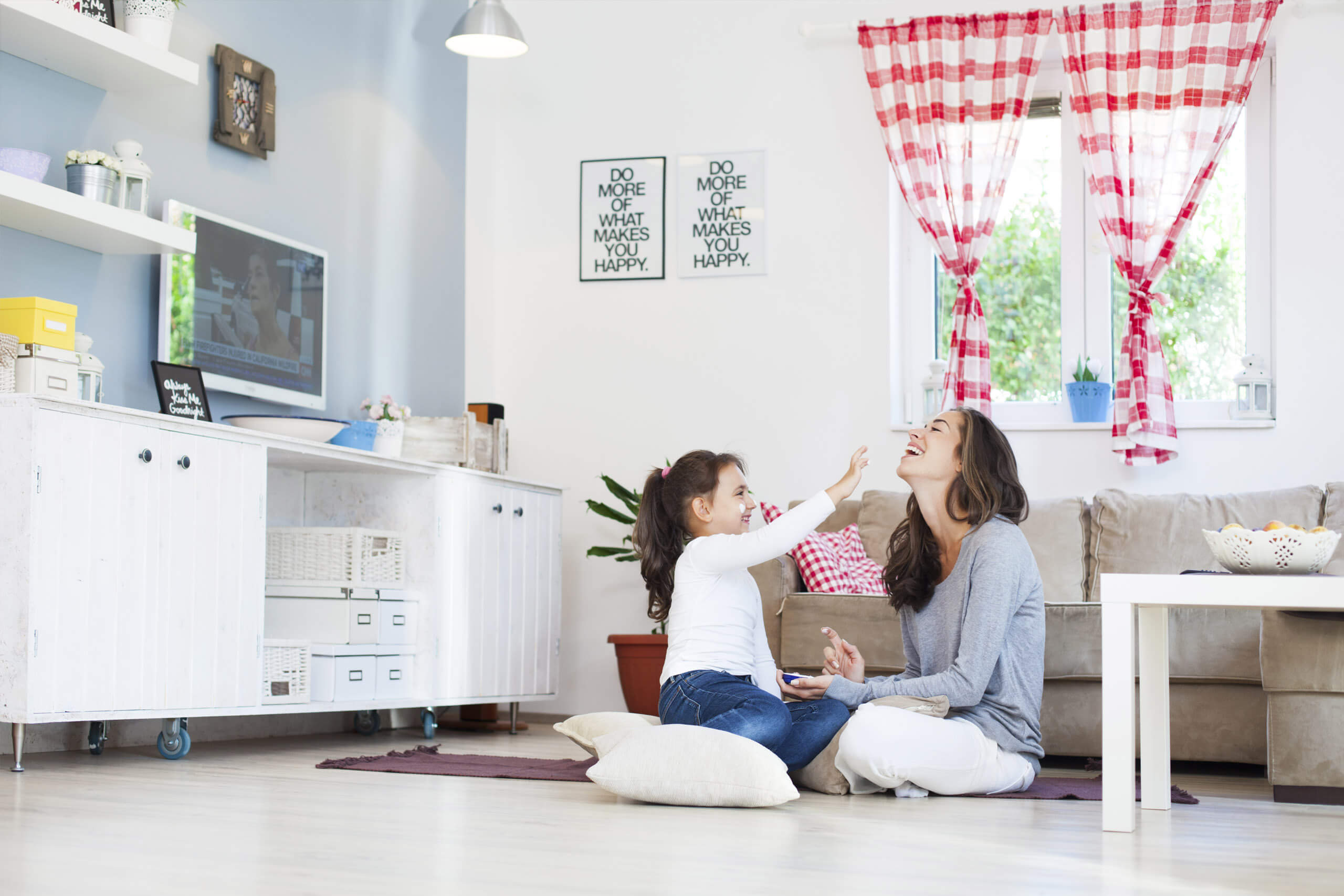
The family room may seem safe, but in actuality it can be a minefield of hazards. Some of quick fixes to avoid these risks one can encounter include:
Secure open fires
There is nothing quite as dangerous as an open fire, so make sure you purchase a sturdy rail and gate to cordon off a safe distance from the risk.
Avoid trip hazards
Carpet runners and rugs pose significant trip risks to young, unsteady feet. Secure loose edges properly and don’t have any trip hazards near the open fire.
Safeguard hardwood floors
Hardwood floors are often highly polished and thus could be slippery to a child. Falling on carpet makes for a soft landing, but when a child bangs its head on a hardwood floor there are no protections. Think about child-friendly matting to reduce the risk of serious injury.
Tie or shorten curtain or blind cords
Don’t run the risk of your child becoming entangled in trailing cords. If they are too long, tie them up securely and remove the threat.
Check furniture
Furniture is often a great source of fun for a growing child, but it can also be a danger. A tipped coffee table could trap small hands or feet, and the potential for bumps and scrapes from a couch or armchair is infinite. Watch out for any sharp corners or anything that is a potential bump hazard.
Laundry Room
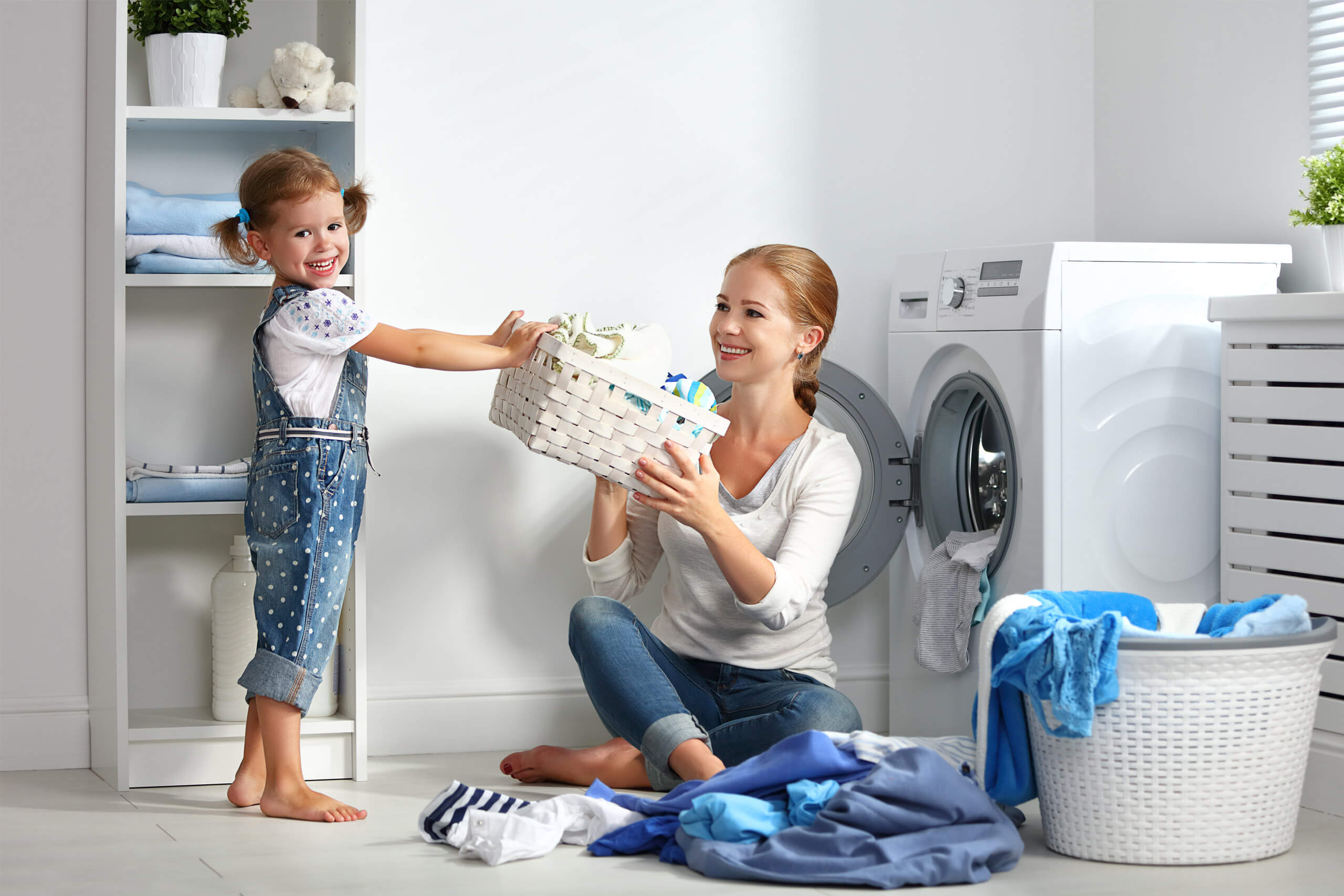
The laundry room has its fair share of perils for the curious toddler. Washing machines, in particular, pose a major risk to your child. Make sure to check that you’ve done the following:
Close the washer and dryer
Make sure that the doors of both the washing machine and the dryer are always closed, especially when empty. Children love finding places to crawl into, and these drums are the perfect height.
Secure chemicals and detergents
Use cupboard locks or store detergents out of reach.
The Stairs

The stairs hold one of the biggest lures for any child. They see the challenge of scaling their own private Mount Everest, and nothing is going to deter them. So, what do you do to protect them?
Install stair gates
Place one barrier at the bottom of the stairs and the other at the top. Make sure they are secured to the walls properly because the last thing you want is for the gate to come loose as your child is leaning on it.
Watch open stairs
Open stairs are those with a solid tread but no backboard such that you can see through the flight of steps. These open backs are a hazard, and they could trap a small child’s head, causing severe damage.
Install handrails
Make sure that your stairs have a handrail, preferably one on either side.
Mind gaps in railings
Railings typically have spindles and gaps. Use plexiglass or another material that blocks these gaps and stops a small head from becoming stuck.
Fasten carpets or runners
Make sure the carpet or runners are securely fitted with no loose or protruding edges. Trip hazards on the stairs are a real danger.
Clean stairs
Keep your stairs free of debris and clutter.
Bedrooms
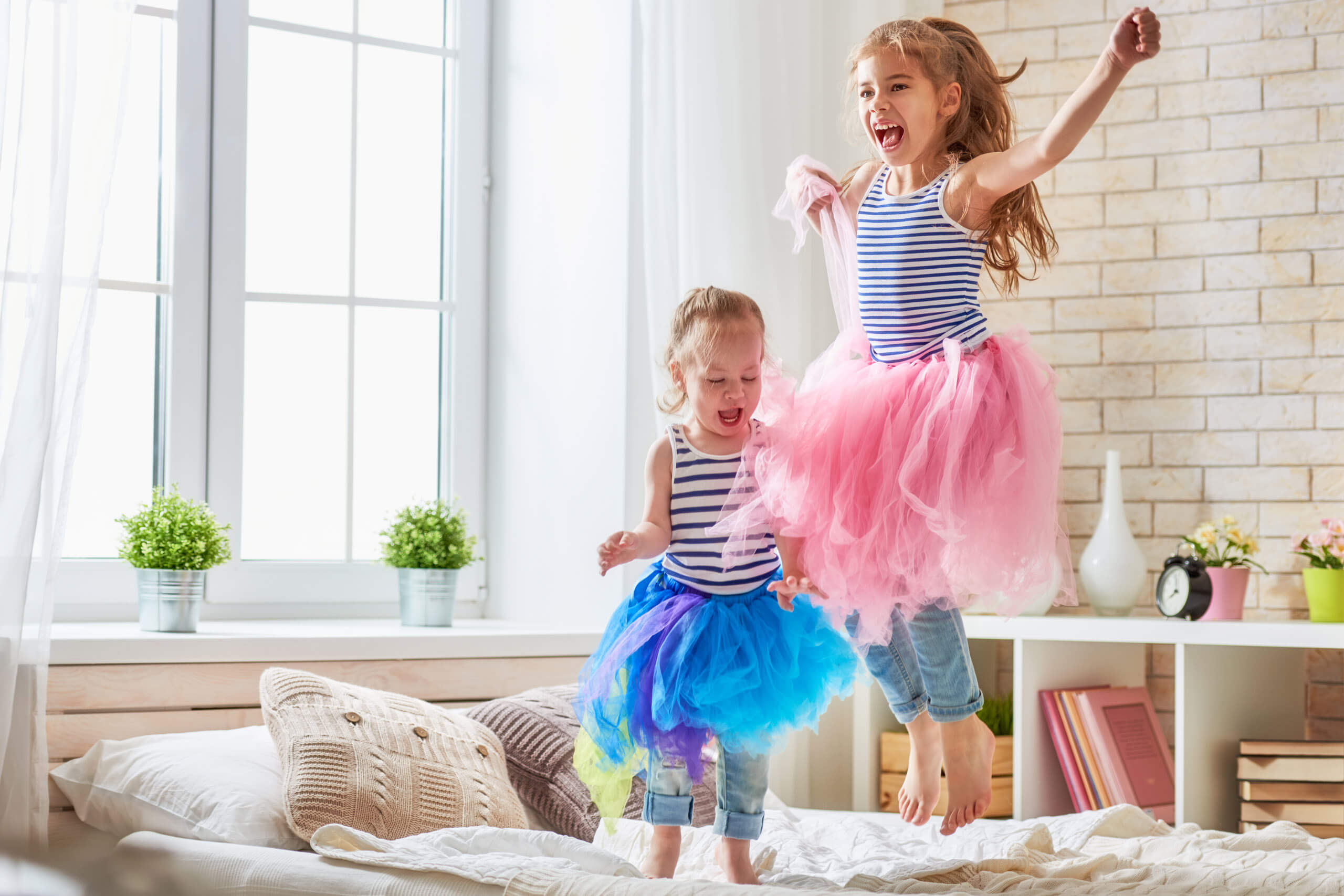
One thing you can do for the overall safety of everyone in the house is to fit smoke and carbon monoxide alarms in the bedrooms. Make sure the carbon monoxide alarms are placed at a sleeping height to maximize the safety impact.
Downsize bedding
There is nothing better than a thick duvet or quilt to curl up in on a cold night, but to a child it poses risks. Try not to have any corners trailing on the floor that might trip a small person, and don’t allow your child to wrap themselves in the bedding as it may restrict their breathing.
Unplug electrical items
Keep hairdryers and straighteners out of reach, and never leave them plugged in.
Cap or shelve perfume or aftershave
It may smell nice and taste horrible, but that won’t stop your child from trying it. Also, a quick spray of perfume in the eyes is sure to sting so keep them out of reach.
Add window guards or locks
Keep windows secure and away from prying hands. You can secure windows from small fingers by using lockable guards that allow the window to open a little but not enough to cause a falling hazard.
Cover radiators or heaters
Buy radiator guards that stop potential burn risks.
Nursery or Child’s Bedroom
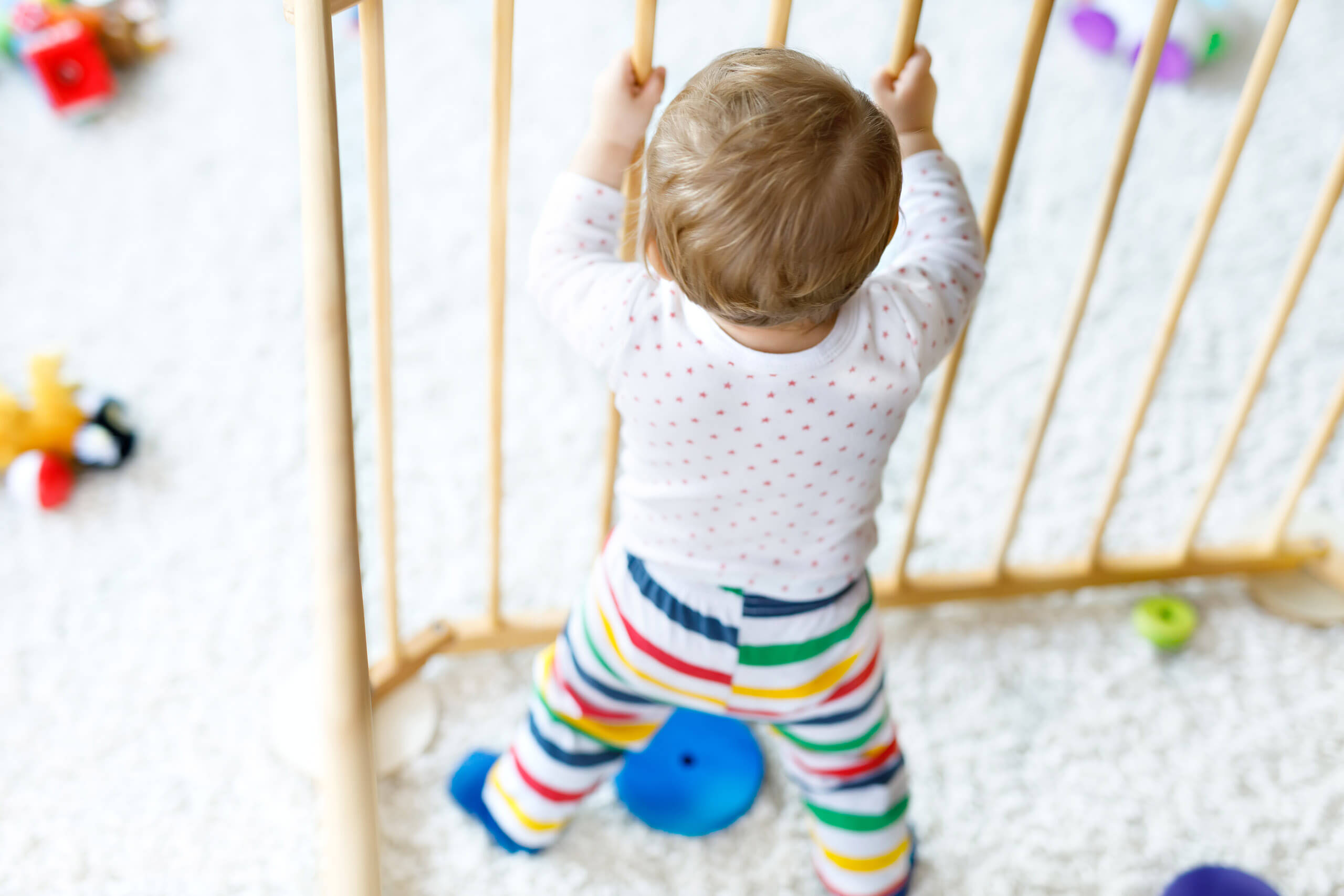
Of all the spaces in your home, you’ll want your child’s nursery or bedroom to be the safest of all. Unfortunately threats exist in this space as well. Given this fact, you should take steps to:
Secure cribs
Make sure your child’s crib is sturdy by securing it to the wall with straps that can prevent tipping. Remember, children like to stand and shake the bars of their crib, and some like to climb them, so tipping risks are a real problem. Make sure that any catches or mechanisms are secured as well to avoid your child trapping body parts in the bars.
Add bed guards
When your child has graduated to a bed, make sure that bed guards are employed to prevent them from falling out.
Secure drawers and furniture
Drawer units become steps when the drawers are pulled out, so secure furniture with straps to avoid tipping.
Latch toy boxes
Make sure that toy boxes have secure lids. The last thing you want is to trap your child inside.
Install cord-free window coverings
Blinds with cords could be a risk, especially if the child becomes entangled.
Bathroom
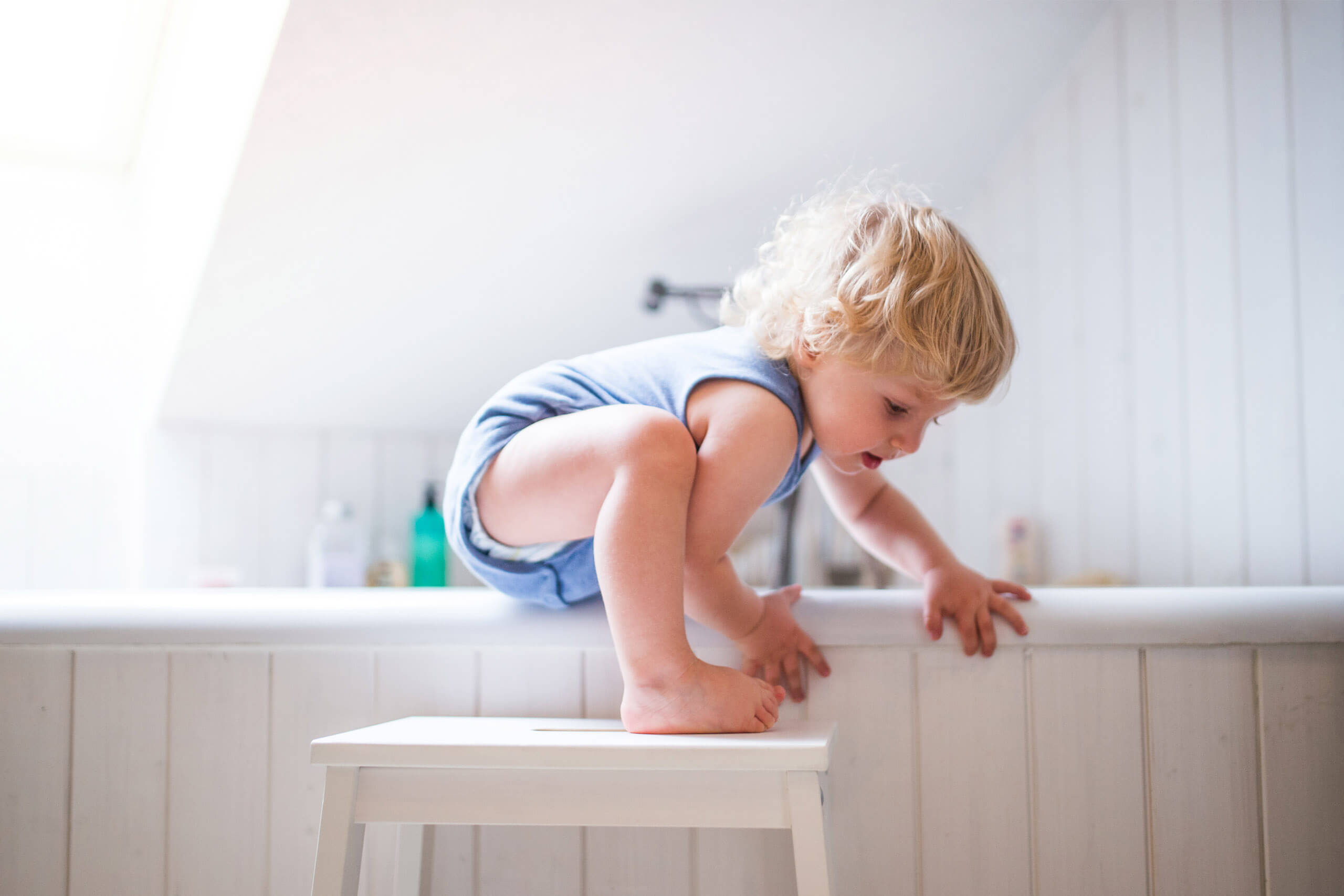
Water, the bath, the toilet; these all hold a fascination for the average child and a real threat to their well being. Here are a couple of ways that you can make the bathroom a safer space:
Add soft-close toilet lid and lock
Invest in a soft close lid, which can reduce the number of pinched fingers. Also, buy a toilet locking clip that secures the seat and stops your child from falling in head first.
Pour a safe bathtub
Bathtime is a source of great fun for a child, but a child in water should be treated with care. Invest in a non-slip bath mat that reduces the risks of slipping. Also, don’t overfill the bath because this raises the risk of danger.
Install tap straps
Tap straps are available and are an effective way to stop a child from turning them on. If you can’t afford a tap strap, then a sturdy rubber band will do the job.
Lock medicine cabinets
Drugs should be locked away and never stored at a child’s height. The same goes for razors and other sharp objects.
Conceal deodorants and other sanitary products
Aerosols are a danger, as are cleaning products. Keep them out of arm’s reach.
Final Thoughts
Childproofing your home isn’t easy. Making sure that you have factored in every eventuality is a tough ask, and no one is expecting you to get everything right. Childproofing is not a substitute for adequate supervision because you can never eliminated all of the risks; you can, however, give yourself greater peace of mind knowing you’ve assessed each and every room of your home with the wellbeing of your baby or child in mind.

